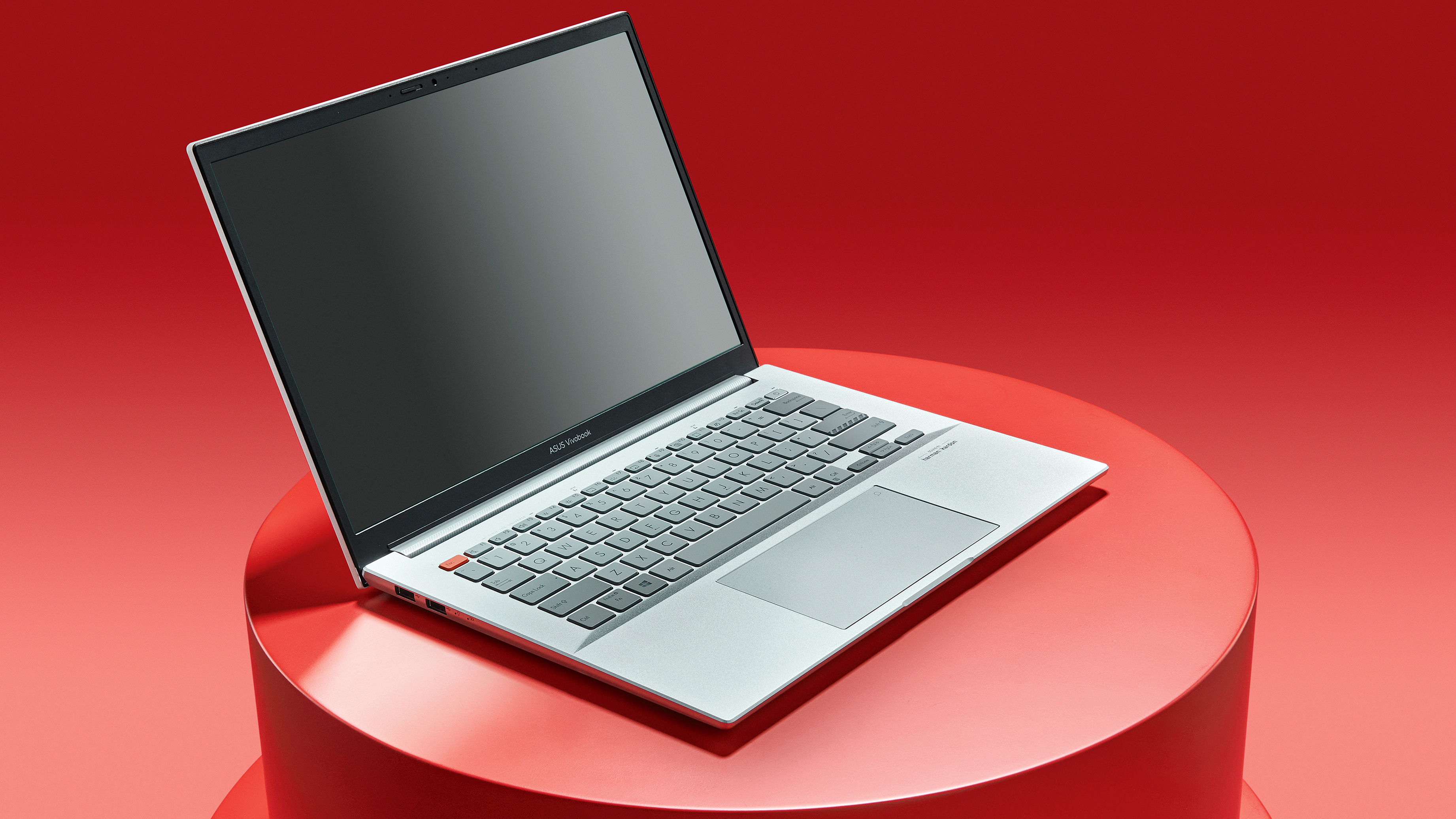
When on the job, many of us will plug into a larger screen to complete creative work. But for many creative professionals and freelancers, working from a laptop brings with it the added benefit of portability and flexibility, and in this case, the screen your laptop itself ships with is a critical tool that can significantly impact the quality of your projects.
Whether you're a photographer, graphic designer or video editor, or working in any other profession that requires a high degree of visual accuracy, the display you choose can affect everything from colour precision to the clarity of making edits and tweaks to your work, and if you're not attaching one of the best monitors for graphic designers as an external display, you'll need to get it right. The best laptop displays today offer a range of features that cater to the specific needs of different creatives, and understanding these features is important when it comes to ensuring that your work meets professional standards.
There’s a lot of jargon out there to get your head around, and in this article, we’ll be looking at demystifying some of this so you can make the right call when purchasing or upgrading your laptop. The best laptops for graphic design, may not necessarily work the same kind of magic if you’re a filmmaker or a photographer, for example, so it’s wise to understand the difference between your nits and hertz. It may make the difference.
This article is part of our focus on Next Gen Creative Tech.
01. Colour Gamut
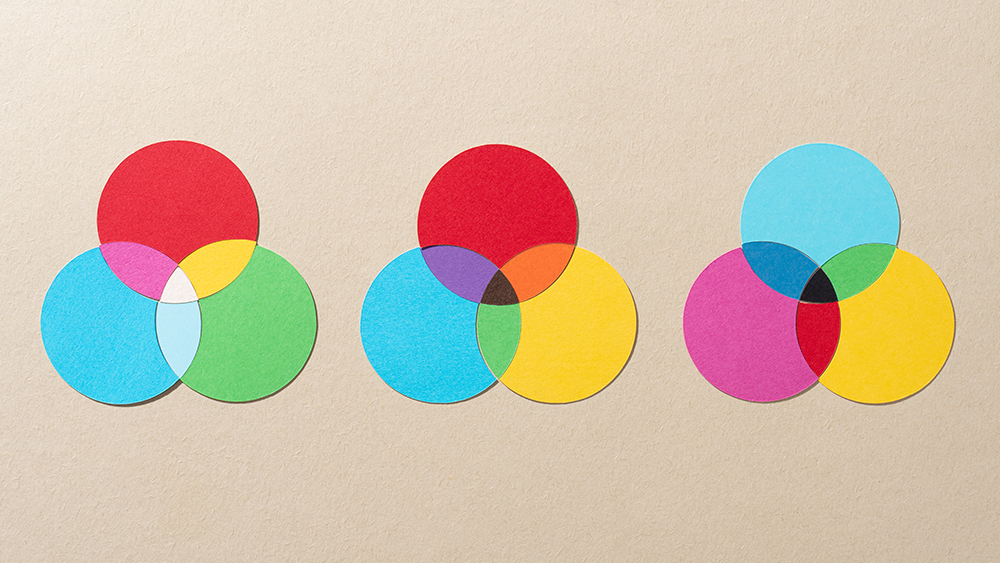
The colour gamut of a display refers to the range of colours it can produce. Colour is a fascinating subject; screens use different variations of red, green and blue to display almost any colour out there without needing to represent more than three at a time, and some laptops are better at it than others.
If you’re serious about editing photos, for example, you’ll ideally be looking for a laptop with 100% Adobe RGB and DCI-P3 accuracy. Why should you care? The ability to accurately represent a wide range of colours in the spectrum is important for creatives who need precise colour accuracy to ensure that what they see on screen matches the final product. Using gamuts like AdobeRGB or DCI-P3 are preferred in these fields, as they cover a broad spectrum of colours. Products like the Lenovo ConceptD 3 and the Asus Zenbook Pro 15 are some of the best laptops out there for this.
02. Brightness
If you’ve heard the word nits before when it comes to monitors or laptops screens, this will be referring to its achievable brightness. Nit screen brightness is determined by the number of nits on the screen, and laptops typically have a brightness of between 200-600 nits. Nits matter because it will affect how well a screen can be viewed under different lighting conditions – for example if you work in bright environments or on location, you’ll want to make sure you have a laptop screen bright enough to ensure that the screen can remains visible and colours remain true. A screen that can achieve a higher number of nits may also help in assessing how a project will appear on different devices, some of which might be used in bright conditions.
If you’re just working indoors at a desk, a nit level of around 200-300 is ample, but some of the brightest devices out there such as the best laptops for video editing boast a nit level in excess of 600, which is recommended to truly get the best out of the content you’re creating.
03. Resolution
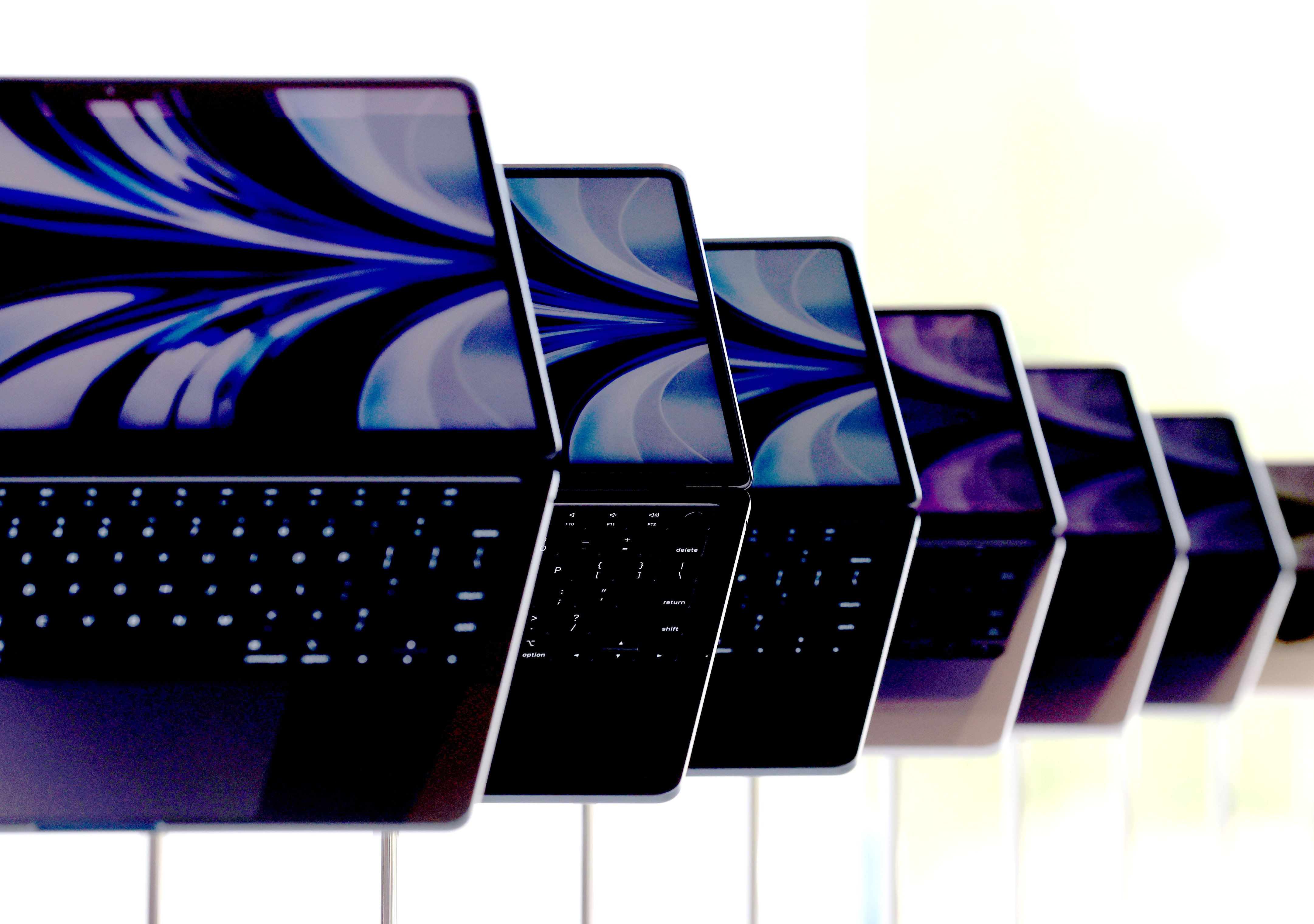
Resolution determines the clarity of images and text on the screen and higher resolutions provide sharper detail and can be useful for tasks that require a degree of precision like graphic design – some of the best laptops for CAD design also have higher resolutions for people who need to be accurate in their measurements.
Most basic entry-level and mid-level laptops with a 16:9 ratio screen ship with a Full HD 1920x1080 displays, but many laptops aimed at the creative and professional market have several different technologies like IPS and True Tone technology. The very high-end devices such as the Apple MacBook Pro M3 Max, which tend to be aimed at power-users and 3D animators, boast a 3456 x 2234 native resolution on a 16in screen, and the MacBook series remains on the best performing screens out there in terms of quality. When you’re looking at screen resolution, it’s also worth understanding what screen size you need as the two are linked – larger screens at lower resolution run the risk of appearing blurrier than laptops which pack more pixels on to the screen.
04. OLED vs. IPS
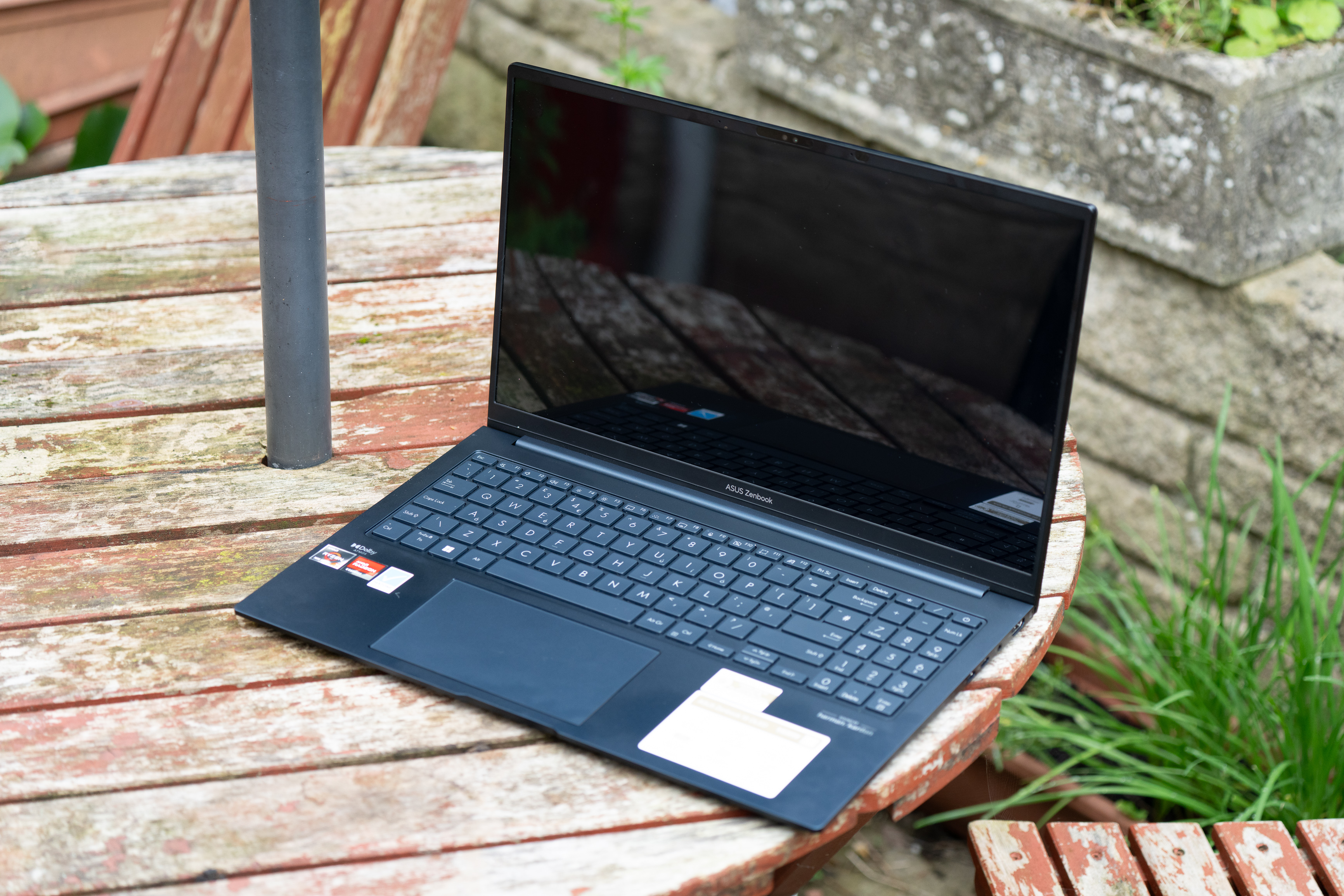
OLED and IPS are two types of display technologies, each with its strengths. It can be a confusing subject, but essentially OLED screens are not backlit – each of the components that make up the screen are individually lit when an electric current is applied to them. This makes the screen sizes thinner (as a light doesn’t have to be passed behind the screen) and allows for a deeper range of colours, darker blacks and a higher contrast range. OLED laptops were hard to come by just a few years ago, but they’re becoming ever more popular.
IPS is an older technology that although not as vibrant as OLEDs, can provide better colour accuracy and wider viewing angles which is worth considering if you’re using your laptop purely for creative work. If you like to game, watch films or stream high-quality content from your device, we’d recommend OLED screens, and in the world of day-to-day creative work, photographers and video editors might prefer this for its superior contrast and colour depth. Graphic designers, on the other hand, might lean towards IPS for color accuracy and consistency across different viewing angles. It’s worth viewing the options side-by-side to get a good understanding of the differences.
05. Refresh Rate
The refresh rate of is a screen is measured in hertz (Hz) and determines how smoothly motion appears. The most common screen refresh rate you’ll see on a laptop is 60hz, which means the display refreshes its image 60 times per second, but if you need something with more fluid motion, 120hz, 144hz and 240hz laptops can be found.
Higher refresh rates are often associated with gaming, especially e-sports where fast and fluid motion is vital, but they can also benefit video editors or animators who work with high-frame-rate footage. A higher refresh rate provides smoother playback but for most people editing static images or designs, we’d suggest that it’d be worth purchasing a laptop with a smaller refresh rate and instead putting your money into increased power and storage.
06. Size/Ratio
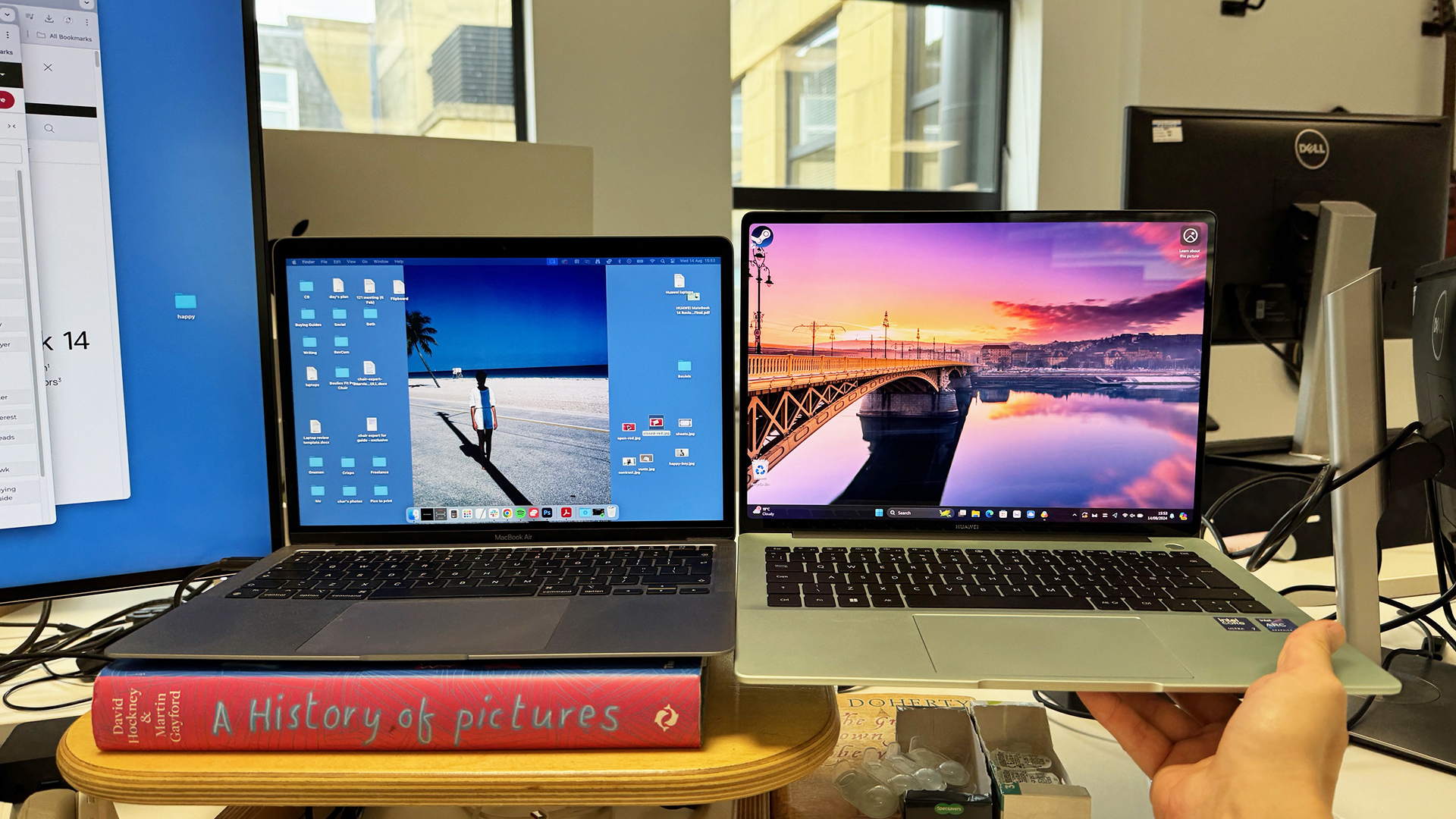
When you’re working on creative files and have a lot of tabs open, it can sometimes be easier to work with a laptop screen that maximises productivity and the amount of content you can fit on it – the size and the ratio of the screen will affect how much workspace you have and how comfortable it is to have several workflows on the go at the same time. Most modern displays have a ratio of 16:9 and this has been the standard for the best part of two decades, but 16:10 ratios and 3:2 ratios are also increasingly popular. The size of the screen matters less than the aspect ratio and the resolution – and sometimes smaller screens in ratios of 16:10 can provide additional vertical space which makes it easier to manage multiple tools and windows while working.
When buying a machine, you'll also want to know how powerful it should be – see our guide to choosing a creative laptop.







